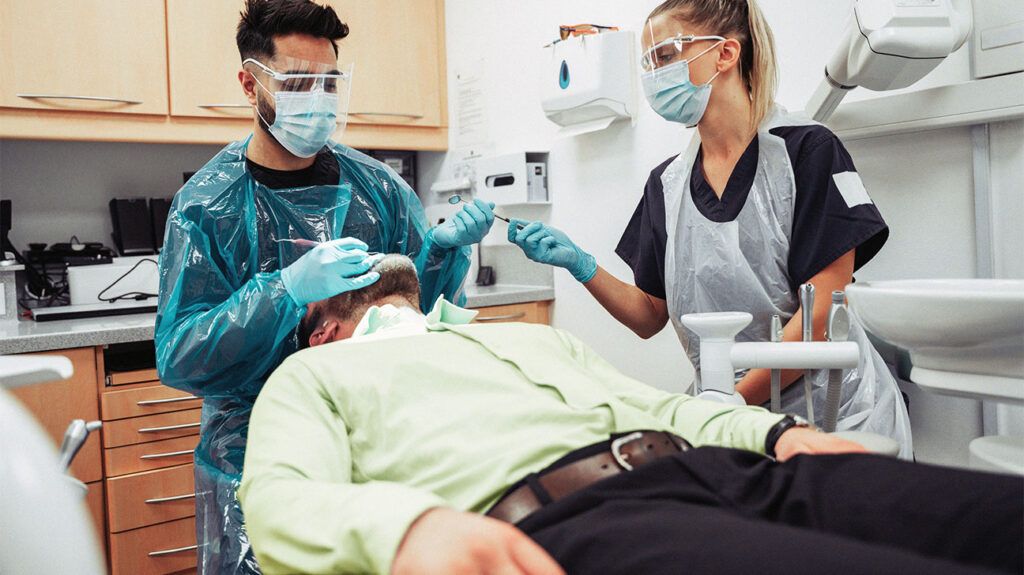Smoking may increase the risk of dry socket after a tooth extraction, as it can delay the healing process and may dislodge a blood clot from the extraction site.
Dry socket, or alveolar osteitis, is a complication that can occur after a tooth extraction. Usually, a blood clot forms over the tooth extraction area and is part of the normal healing process.
Dry socket occurs if the blood clot comes out of position or does not form properly. This exposes the nerves and bones underneath and can be painful.
Smoking may increase the risk of dry socket, as it impairs the healing process and involves suction, which can dislodge a blood clot.
This article examines the link between smoking and dry socket, how long to avoid smoking after a tooth extraction, and tips for preventing dry socket.

Certain factors can increase the risk of dry socket, including smoking.
According to a 2022 review, smoking tobacco may increase the risk of dry socket by more than
Smoking
Smoking may also impair the process by which blood fills the socket, and the suction from smoking a cigarette may also dislodge a blood clot.
According to the
- age
- gender
- oral contraceptive use
- menstrual cycle
- duration of the tooth extraction procedure
- the type and condition of teeth in the extraction
- injury during surgery
- improper postsurgical treatment, such as irrigation of the socket
- excessive use of anesthesia, which constricts blood vessels
- bacteria getting into the socket
Other
- use of oral contraceptives
- being mid-menstrual cycle
- being female, largely because of the factors above
- poor oral hygiene
- a difficult extraction
- type of extraction, as dry socket is more common with wisdom teeth removal
Dry socket may cause severe pain
Other symptoms include:
- loss of blood clot at the site of the tooth extraction
- seeing exposed bone at the site of tooth extraction
- bad breath
- an unpleasant taste in the mouth
- localized swelling
- swollen lymph nodes
Read about home remedies for dry socket pain.
The American Dental Association (ADA) provides the following tips for improving recovery after tooth extraction.
- Avoid vigorously rinsing the mouth.
- Avoid drinking with a straw for 24 hours.
- Follow any dietary advice a dentist gives.
- If there is swelling, apply a cold compress or ice bag and contact a dentist.
- Brush and floss the teeth as usual, but avoid cleaning the teeth next to the tooth extraction site.
Read more about preventing dry socket after a tooth extraction.
People should contact a dentist if they have any symptoms of dry socket or any other complications following a tooth extraction.
To treat dry socket, a dentist
A topical anesthetic gel on the affected area may help relieve pain, as well as local anesthesia and nonsteroidal anti-inflammatory drugs (NSAIDs).
A dentist may place a medicated dressing into the socket, which has pain relieving or antibacterial effects.
Dry socket is a short-term condition that resolves with or without treatment. It does not cause any long-lasting issues. Dry socket may resolve
When can I smoke after a tooth extraction?
People will need to follow the advice of a dentist, but they may be able to smoke
Will I get dry socket if I smoke with gauze in place?
According to dental practices, smoking is not advisable after a tooth extraction, even with gauze in place.
Smoking may increase the risk of dry socket, as it can affect blood circulation and slow down the healing process. The sucking action of smoking cigarettes may also dislodge a blood clot from the socket.
If people have any symptoms of dry socket, they will need to contact a dentist. Treatment can help relieve pain and support the healing process.
